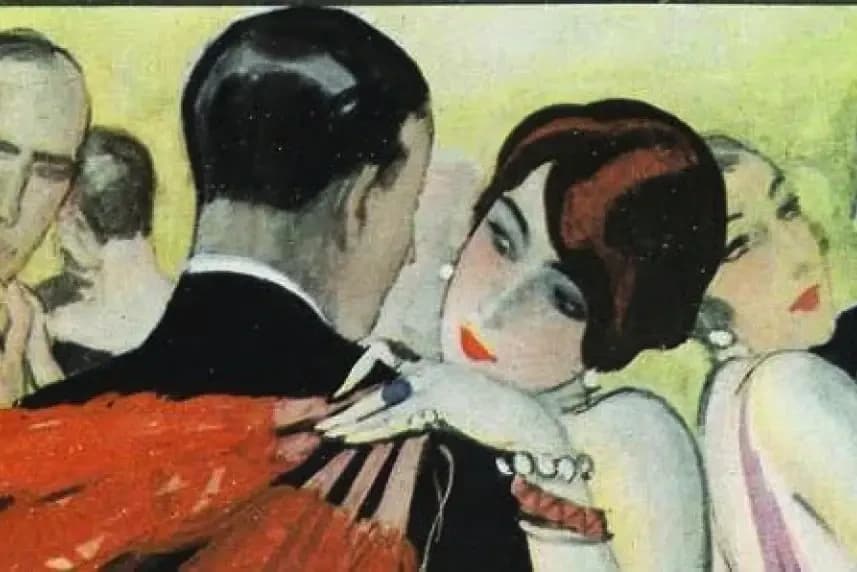Charleston. Szczecin Music & Dance Evening 1918-1933
Katarzyna Jackowska

The National Museum in Szczecin – the Szczecin History Museum
Join us on 6 November 2025 at 5 p.m. for the opening of the exhibition Charleston. Szczecin Music & Dance Evening 1918-1933. The exhibition takes viewers on a journey through the most important Szczecin institutions and nightclubs of the 1918–1933 period. The exhibition will be presented at the National Museum in Szczecin – the Museum of the History of Szczecin.
The musical and dancing nightlife of Szczecin between 1918 and 1933 was of a high standard, making the capital of the Pomeranian province a highly attractive cultural and entertainment centre drawing attention of prominent German and European artists. The multitude of cultural institutions and entertainment venues, such as theatres, cabarets, cinemas, restaurants, cafés, wine taverns, bars and, last but not least, establishemnts offering meals and social life space known as ‘palaces’, provided the city residents and visitors with a rich arsenal of evening events,fr so desirable in the frenzied era of the Goldene Zwanziger.
After the end of the Great War, people wanted to unwind from the difficult time, with which music and dancing helped. All the latest innovations in nightlife entertainment, especially from nearby Berlin, found fertile ground in Szczecin. The Pomeranian agglomeration quickly developed the right infrastructure and human resources to keep up with all the trends of the rapidly expanding entertainment industry.
The exhibition presented at the National Museum in Szczecin attempts to depict the nightlife of music and dance of the people of Stettin during the brief period of the Weimar Republic, a democratic state, replacing the hitherto monarchical system, whose liberalism allowed unprecedented freedoms in various areas of German society's existence. The Charleston of the title, as a revolutionary, lively, convention-free modern dance transplanted to Germany from the United States, is here a symbolic term for everything that emerged in the 1920s and early 1930s on the evening music and dance scene in Szczecin and for the spectrum of German and European phenomena influencing the shape of local entertainment.
The exhibition takes the visitor on a journey through Szczecin's most important institutions and nightlife music and dance venues in the years 1918-1933, presents their evening repertoire and interior design and introduces the profiles of singers, musicians and dancers active in the Pomeranian capital. It tells the story of bands and orchestras - performing both classical and light music - active in Szczecin. The exhibition also explores themes relating to the city's night-time landscape, Szczecin's carnival, evening fashion, private music venues, the city's numerous modern dance schools and music reproduction equipment such as phonographs and radio receivers, which the inhabitants of the City of the Griffin could use to play tunes at family fetes or home parties.
The exhibition will be complemented by a publication issued by the National Museum in Szczecin and accompanying events: curator-guided tours, thematic lectures, a music concert, Charleston dance workshops and a dance and fashion show stylised for the 1920s/30s.
The display is accompanied by a variety of educational events held in Polish. Click PL for more.
The National Museum in Szczecin – Cultural Institution of the Local Government of the West-Pomeranian Voivodeship, co-managed by the Ministry of Culture and National Heritage